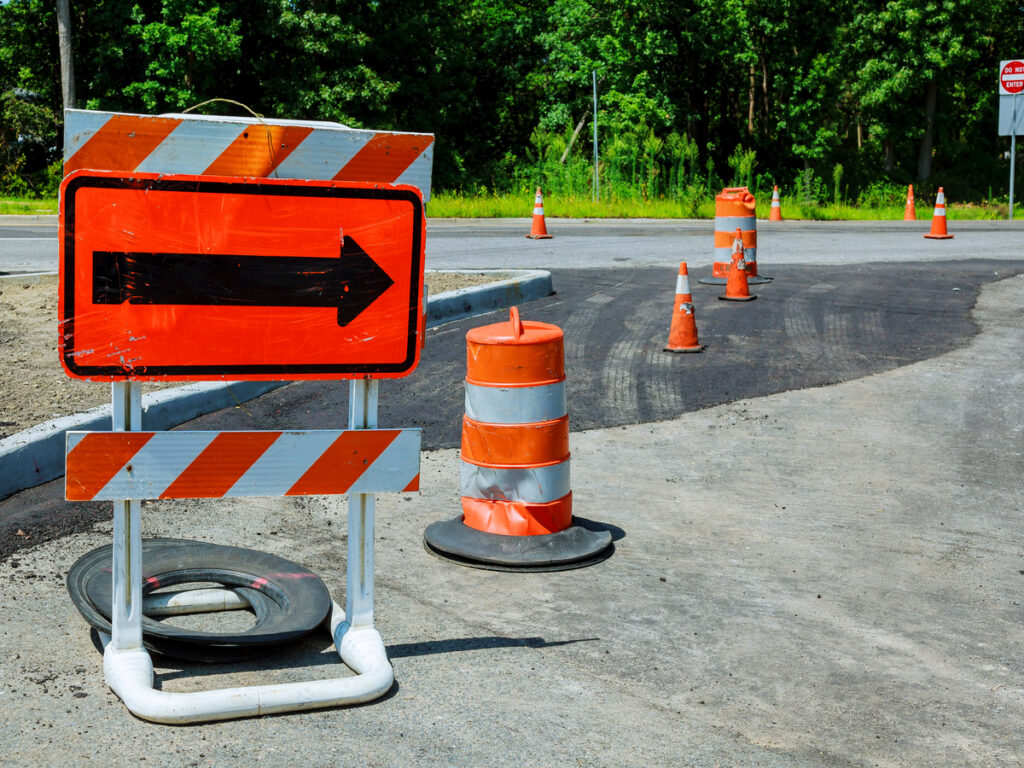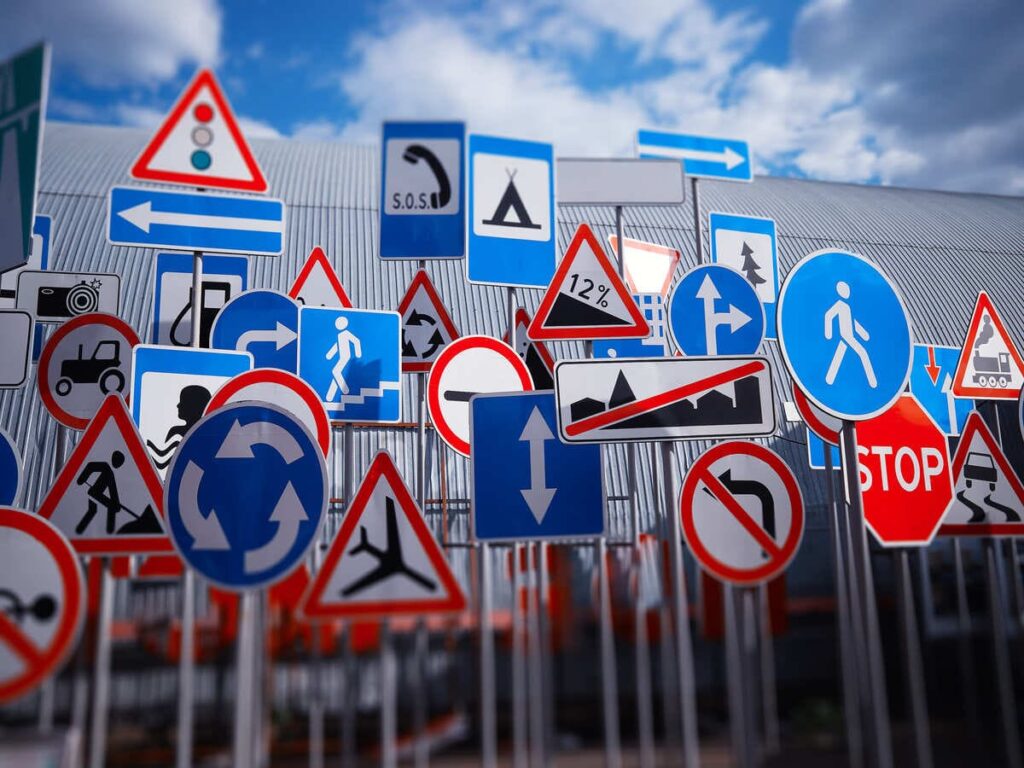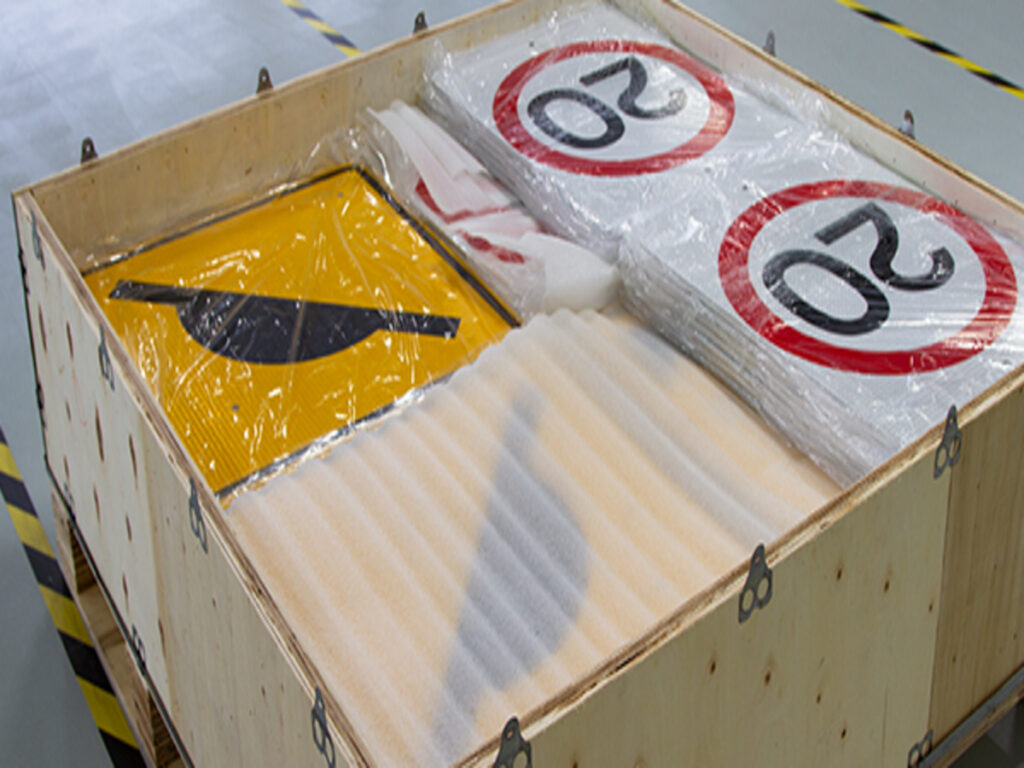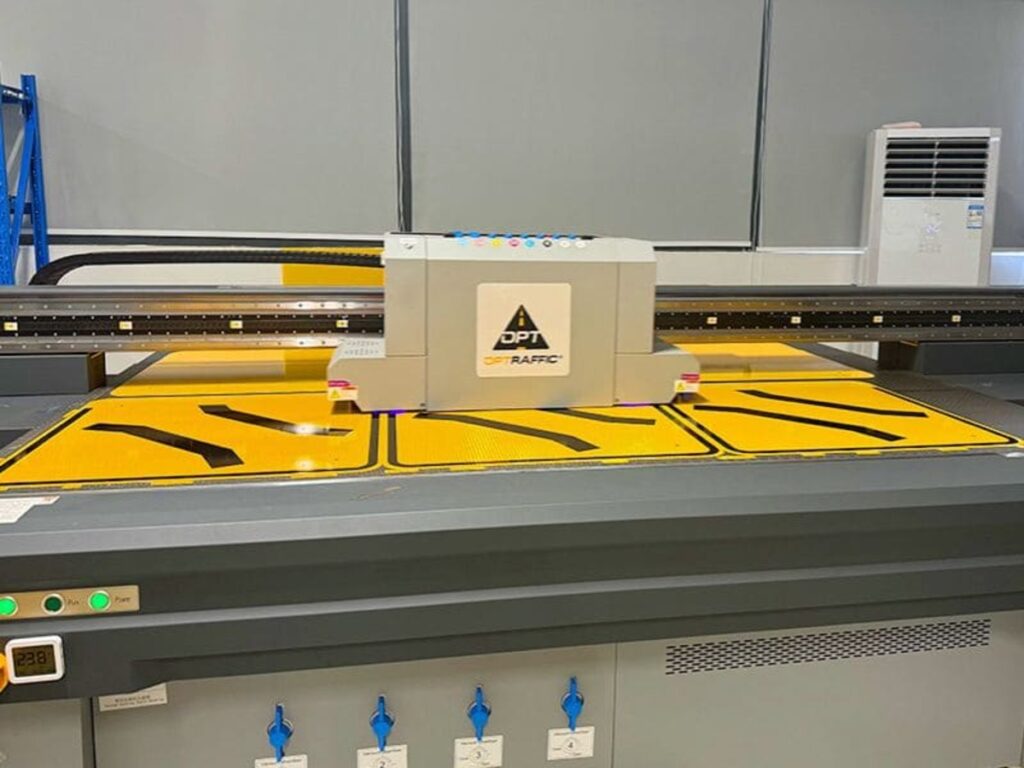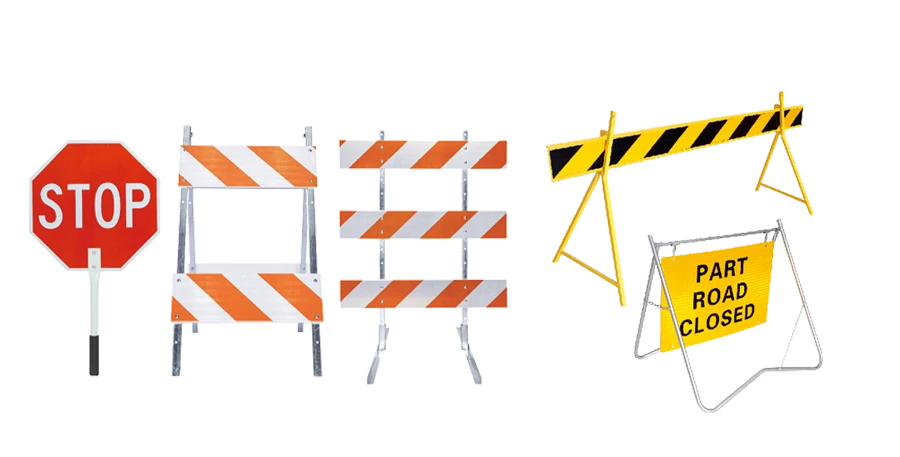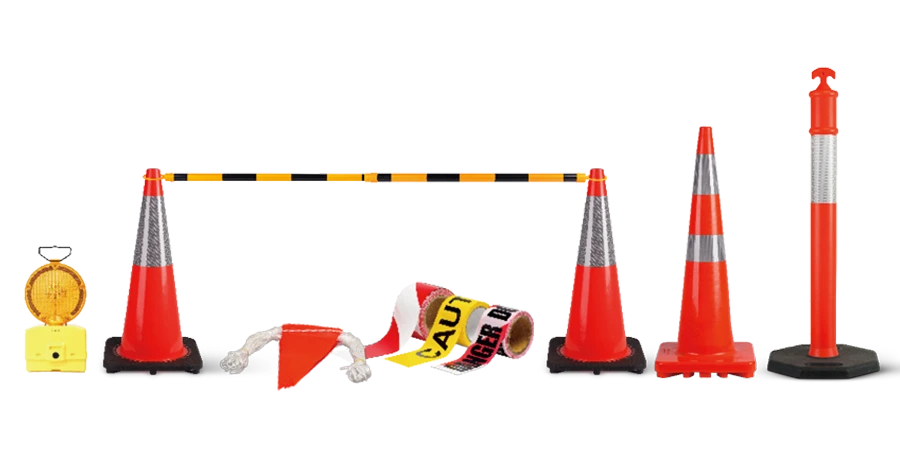
ترى رموز GHS Hazard كل يوم في مكان عملك. تستخدم هذه الرموز الصور التوضيحية لتحذيرك من المواد الكيميائية الخطرة. تساعدك الصور التوضيحية على فهم المخاطر بسرعة وتبقيك آمنًا. عندما تكتشف رسم تخطيطي GHS, أنت تعرف ماذا تتوقع وكيف تحمي نفسك. خذ لحظة للنظر حول موقعك. اسأل نفسك إذا كنت تعرف معنى كل رمز وكيف يمكن أن يؤثر على سلامتك.
OPTRAFFIC provides a range of high-quality GHS hazard signs that help keep your workplace compliant and safe. ملكنا علامات السلامة are designed for clear visibility and are made to withstand the demands of your work environment. Explore our collection today to ensure your team is always informed and protected.
GHS Hazard Symbols in Australia
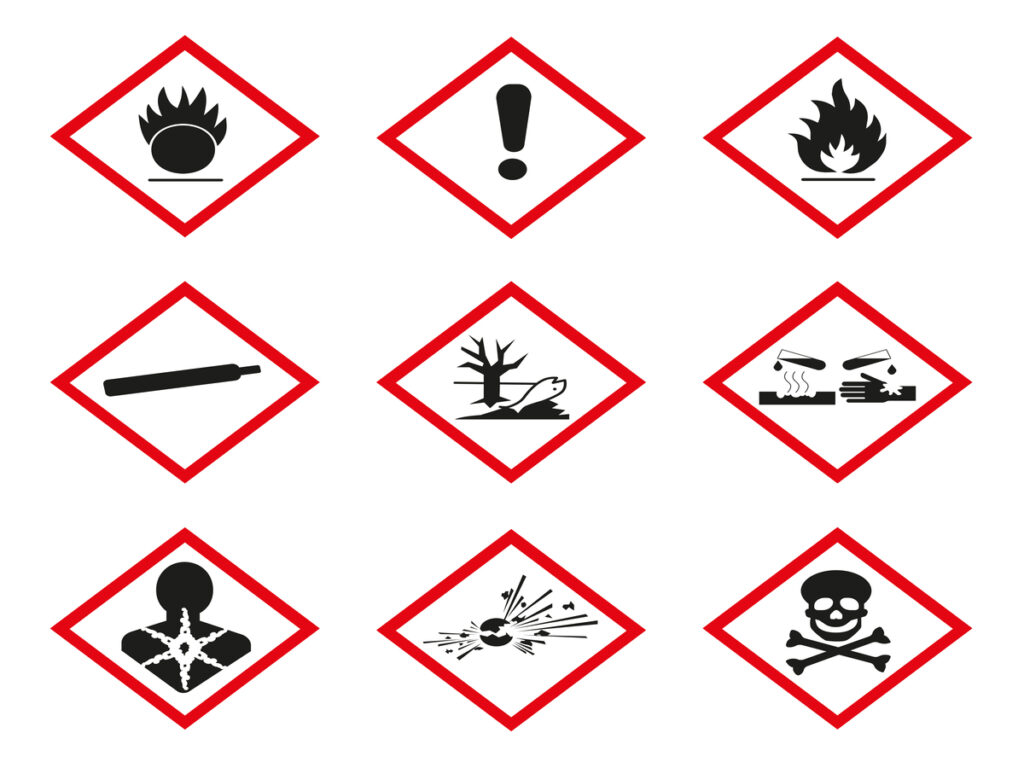
What is GHS?
You might have heard about the globally harmonised system at work. This system sets rules for labelling and classifying chemical hazards everywhere. ال United Nations started GHS في 2003. Australia soon added GHS to its Work Health and Safety Regulations. منذ ذلك الحين, Australia has changed its rules to match new GHS updates. These changes help you and your team stay safe. Everyone uses the same way to label and classify hazards.
Timeline of GHS Adoption in Australia:
- The United Nations started GHS in 2003.
- Australia added GHS to WHS Regulations after that.
- Australia keeps updating its laws for new GHS versions.
Why GHS Matters for Workers
GHS helps protect you from chemical dangers at work. The system gives you clear hazard signs and labels. These use pictograms, كلمات إشارة, and hazard statements to show risks. When you see a GHS hazard pictogram, you know what danger is there. This helps you use chemicals safely and avoid harm. GHS also makes it easier to read Safety Data Sheets and understand each product’s hazard classification. By following the hazard communication standard, you help stop chemical accidents and keep your workplace safe.
Pictograms and Their Role
Pictograms are an important part of the hazard communication standard. You see these small pictures on chemical containers, hazard signs, and Safety Data Sheets. Each pictogram shows a different hazard, like flammable, سامة, or corrosive. GHS hazard pictograms replace old, confusing labels with clear symbols. This makes it easy for you to spot chemical hazards, no matter where the product comes from. GHS hazard pictograms are on all labels and signs, so you can quickly see risks and act. Safe Work Australia says you must use these pictograms to follow the law. You need to check that all signs and labels at work use the right GHS hazard symbols. This helps you meet the hazard communication standard and keeps everyone safe.
قمة 10 GHS Hazard Symbols
انفجار قنبلة
ال Exploding Bomb symbol looks like a black bomb bursting in a red diamond. This symbol tells you that some chemicals can explode or react very strongly. You might see this symbol on explosives or certain dangerous chemicals. These chemicals can cause big explosions or strong reactions if you do not handle them right.
- معنى: خطر متفجر. This symbol means you must be extra careful to stop explosions.
- Where you see it: You find it at mining sites, construction with blasting, and chemical plants.
- What you should do: Always follow strict rules for storage and handling. Keep these chemicals away from heat, الشرر, and flames. Wear the right safety gear and check warning signs before you start work.
The Exploding Bomb symbol gives a clear warning to help stop serious accidents. A safety report showed that unclear signs made people slow to react to a chemical spill. This shows why clear GHS hazard pictograms and danger signs are important at work.
لهب
The Flame symbol is a black flame inside a red diamond. This symbol is on chemicals that catch fire easily. You will see it on flammable gases, liquids, solids, and sprays.
| Workplace Scenario | أمثلة | غاية |
|---|---|---|
| مواقع البناء | Gasoline, propane | Shows flammable areas; reminds you to be safe |
| Manufacturing Plants | Fuels, مواد لاصقة, solvents | Helps you know risks; guides safe storage |
| Laboratories | Acetone, ethanol, benzene | Warns about fire risks |
| Storage Facilities | Chemical storage units, وقود | Tells staff to be careful; keeps rules clear |
- معنى: خطر للاشتعال. This symbol means the chemical can catch fire or explode.
- What you should do: Store flammable chemicals away from exits and things that can start fires. Use only safe storage containers. Always read warning signs and labels. Wear flame-resistant clothes and gloves. Make sure there is good airflow and never smoke near these chemicals.
Always look for GHS hazard symbols and warning signs before you use flammable chemicals. Training and clear signs help you avoid fires and keep your workplace safe.
اللهب فوق الدائرة
The Flame Over Circle symbol is a black flame over a circle in a red diamond. This symbol means the chemical is an oxidiser. Oxidisers do not burn themselves but can make other things catch fire more easily.
- معنى: خطر التأكسد. This symbol means the chemical can start or make fires worse.
- Where you see it: You find it in chemical plants, مختبرات, and storage with pool chlorine, hydrogen peroxide, or ammonium nitrate.
- What you should do: Keep oxidisers away from flammable things. Store them in special, labelled places. Always follow the hazard classification and read warning signs before use.
Oxidisers make fires more dangerous. Always check for GHS hazard pictograms and follow all safety rules.
اسطوانة الغاز
The Gas Cylinder symbol is a black gas cylinder inside a red diamond. This symbol warns you about gases stored under pressure. These gases can be flammable, سامة, or oxidising.
- معنى: Pressurised gas hazard. This symbol means the gas can explode if it gets hot or damaged.
- Where you see it: You see it at construction sites, welding shops, مختبرات, والمستشفيات.
- Common gases: Acetylene, ammonia, ثاني أكسيد الكربون, hydrogen, oxygen, nitrogen, propane.
- What you should do: Store cylinders upright and tie them so they do not fall. Keep them away from heat and things that can start fires. Always check labels and warning signs. Use the right equipment and wear safety gear.
If you do not handle gas cylinders right, you can get fire, explosion, poisoning, or injury. Australian Standards say you must follow strict rules for storage and handling. Always look for GHS hazard symbols and warning signs.
تآكل
The Corrosion symbol shows test tubes pouring liquid onto a hand and a metal bar, both getting damaged, inside a red diamond. This symbol warns you about chemicals that can burn skin or damage metals.
- معنى: Corrosive hazard. This symbol means the chemical can destroy skin, عيون, or metals.
- Where you see it: You see it in cleaning rooms, مختبرات, المصانع, and water treatment plants.
- What you should do: ارتداء القفازات, نظارات, and protective clothes. Store corrosive chemicals in special containers. Always read the hazard classification and follow warning signs.
Corrosive chemicals can cause injuries that never heal. Always check for GHS hazard pictograms and follow all safety steps.
الجمجمة والعظام
The Skull and Crossbones symbol is a skull with two crossed bones inside a red diamond. This symbol warns you about chemicals that can kill or hurt you very quickly.
- معنى: Acute toxicity hazard. This symbol means the chemical is poisonous and can be very dangerous right away.
- Where you see it: You see it in pesticide storage, مزارع, pest control, and chemical factories.
- What you should do: Do not touch these chemicals. Use gloves, masks, and eye protection. Read all danger signs and labels before you use them.
You often see this symbol on pesticides, like organophosphate and carbamate insecticides. These chemicals can poison you by hurting your nerves and muscles. Some very toxic chemicals are banned, but others are still used. Always follow warning signs and hazard classification to stay safe from chemical hazards.
خطر الصحة
The Health Hazard symbol is a person’s outline with a star-shaped burst on the chest inside a red diamond. This symbol warns you about chemicals that can cause health problems over time.
- معنى: خطر الصحة المزمن. This symbol means the chemical can cause cancer, مشاكل التنفس, أو تلف الأعضاء.
- Where you see it: You see it in mining, بناء, المصانع, and farms.
- What you should do: Use dust masks, respirators, and protective clothes. Follow all safety data sheets and hazard classification rules. Watch for warning signs and GHS hazard pictograms.
In Australian mining, dust with this symbol links to asthma, bronchitis, silicosis, وحتى السرطان. You must check dust levels and use controls to lower health risks.
علامة تعجب
The Exclamation Mark symbol is a black exclamation mark inside a red diamond. This symbol warns you about chemicals that can cause irritation or mild poisoning.
- معنى: Irritant hazard. This symbol means the chemical can irritate your skin, عيون, or lungs.
- Where you see it: You see it in cleaning rooms, المصانع, and chemical handling areas.
- What you should do: Wear gloves and eye protection. Make sure there is good airflow. Read all warning signs and labels before you use the chemical.
This symbol is on many cleaning products and industrial chemicals. It warns you about small health effects like skin or eye irritation and mild breathing problems. Always check the GHS hazard symbols and follow all safety instructions.
بيئة
The Environment symbol is a dead tree and fish inside a red diamond. This symbol warns you about chemicals that can harm nature, especially water life.
- معنى: المخاطر البيئية. This symbol means the chemical can pollute water and hurt plants or animals.
- Where you see it: You see it on farms, in chemical storage, المصانع, and mining.
- What you should do: Stop spills and leaks. Store chemicals in safe, labelled containers. Follow all warning signs and hazard classification rules.
Environmental hazards can cause damage that lasts a long time. Always look for GHS hazard pictograms and follow all safety steps to protect nature.
Chronic Health Hazard
The Chronic Health Hazard symbol looks like the Health Hazard symbol, showing a person’s outline with a star-shaped burst. This symbol warns you about chemicals that can cause serious health problems after a long time.
- معنى: Long-term health hazard. This symbol means the chemical can cause asthma, skin problems, nerve damage, or cancer after long exposure.
- Where you see it: You see it in construction, mining, المصانع, and chemical processing.
- What you should do: Use personal protective gear like respirators, قفازات, and coveralls. Get regular health checks. Follow all safety data sheets, hazard classification, وعلامات التحذير.
Australian law says you must label these chemicals clearly, keep safety data sheets, and train workers. You must store chemicals safely and check health risks. Asbestos management is a good example, with registers, تمرين, and health checks to lower danger.
Recognising and Using Pictograms
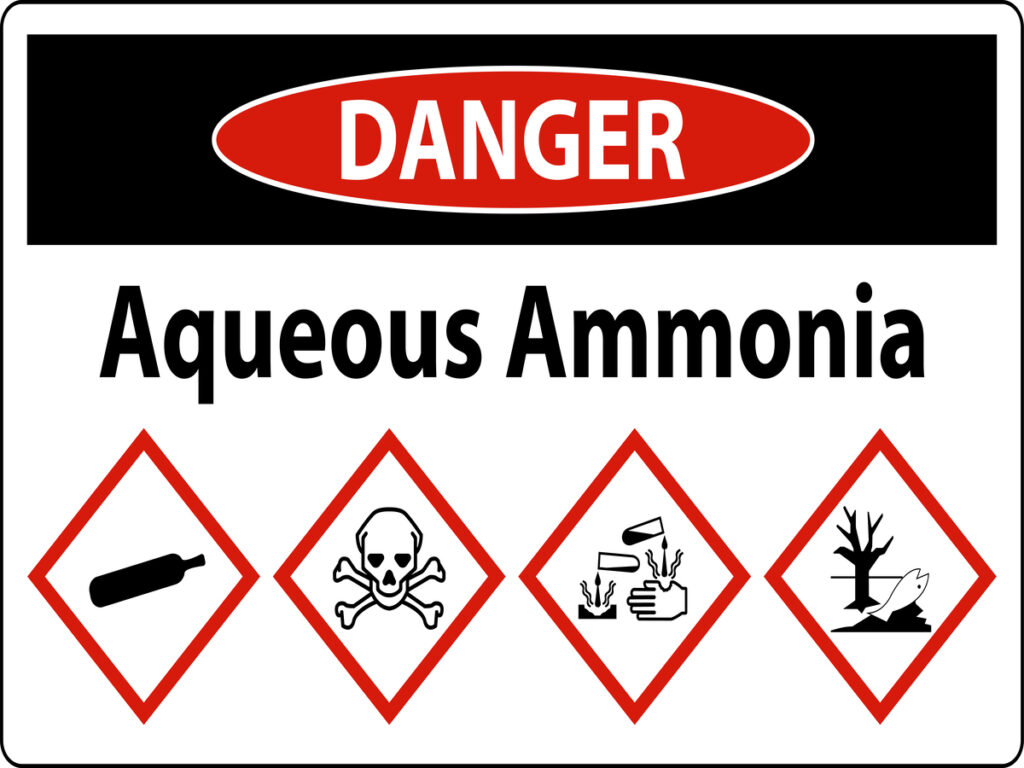
Identifying Symbols
You will see GHS pictograms on chemical bottles and labels. They are also on safety data sheets at work. These pictures help you find dangers fast. Each one follows the hazard communication standard, so you can trust them. Look for words like Danger or Warning on the label. Read the hazard statements to know the risks. Precautionary statements tell you how to stay safe. Always check the ‘Hazard Identification’ part of the SDS. Here you will see GHS pictograms, بيانات الخطر, and safety tips. Your boss must keep all chemicals labelled and give you up-to-date SDS papers. You should look at these often to stay safe.
نصيحة: Learn what each GHS pictogram means. They are on chemical labels and SDS, so you can spot hazards easily.
Responding to Hazards
When you see a GHS pictogram, act right away. أولاً, check the label and SDS for more details. Use the correct PPE, like gloves, نظارات, or masks, as shown by the signs. Follow all the instructions on the signs and hazard communication standard. Know where emergency gear like eyewash stations and showers are. إذا حدث خطأ ما, use them straight away. Always follow your workplace’s emergency rules and watch for GHS signs.
- Spot the GHS pictogram and hazard.
- Read the label and SDS for safety steps.
- Put on the right PPE as shown by signs.
- Use emergency gear if you need it.
- Follow all emergency signs and rules.
التدريب والتوعية
You need training to understand GHS pictograms and the hazard communication standard. Training teaches you about chemical labels, SDS, and safe handling. Your workplace should give you refresher courses every year or when new dangers appear. Training helps you spot hazards, use signs, and follow the hazard communication standard. You get better at safety when you practise these steps often. Your boss should also check and update safety rules and signs to keep everyone safe.
يتذكر: GHS pictograms and signs help keep you safe. ابق في حالة تأهب, keep learning, and always follow the hazard communication standard.
Compliance and Best Practice
المعايير الأسترالية
العمل الآمن أستراليا has strict rules you must follow for GHS. These rules help you handle dangerous chemicals safely at work. Here is what you need to do:
- Use ghs standards to label and classify all dangerous chemicals.
- Make sure labels are in English. They must show the product name, who made it, مخاطر تخاطر, بيانات الخطر, وتفاصيل الطوارئ.
- Give out Safety Data Sheets (SDS) that follow ghs rules.
- Keep lists and warning signs for every dangerous chemical.
- Check for risks with chemical hazards.
- Use the hierarchy of controls to lower risks.
- Move to ghs Revision 7 before the deadline.
إذا كسرت هذه القواعد, you could get fined or face legal trouble. You must use the right regulatory signs and follow the hazard communication standard. You also need to know the ADG Code and how it works with ghs for safe transport and storage.
ملحوظة: Safe Work Australia and state groups give free help like fact sheets and talks. These help you learn about ghs signs and health and safety signs.
Industry-Specific Guidance
Different jobs need different ghs signs and steps. Australian Standards let you change some things. على سبيل المثال, you can skip precautionary statements on small containers. But you still need the right pictograms and product names. This helps you use ghs in your workplace, whether you work in mining, farming, or making things.
| صناعة | Common Safety Signs Used | Special Guidance |
|---|---|---|
| بناء | Flammable, سامة, تآكل | Extra training for handling chemicals |
| التعدين | Gas cylinder, chronic health | Regular health checks and dust control |
| زراعة | بيئة, skull and crossbones | Safe storage and spill response plans |
| تصنيع | لهب, oxidiser, exclamation | Clear hazard communication standard |
You must always match your hazard signs and ghs signs to your job’s risks. هذا يبقي مكان عملك آمنًا ويتبع القواعد.
Custom Safety Solutions
You can make your workplace safer by working with safety experts. They help you make custom ghs signs and training for your needs. Experts know the newest rules and help you manage your chemical and SDS systems. They also teach your team about common safety signs and the hazard communication standard.
- Experts help you avoid mistakes with labels and signs.
- They show you the right ADG and regulatory signs for your job.
- Custom solutions make safety better and following rules easier.
نصيحة: Getting expert help keeps you up to date with new rules. It helps you build a strong safety culture. This keeps your team and business safe.
You help keep your workplace safe by knowing GHS hazard symbols. Clear signs are important for everyone’s safety. Training helps you spot dangers and act fast. Studies say training helps people understand symbols better. It also makes workplaces safer.
- Workers who get training know hazard symbols better. They remember them more easily.
- Not enough training can make people confused. كما يمكن أن يزيد احتمال وقوع الحوادث.
To make your workplace safer, افعل هذه الأشياء:
- Check all signs and labels to make sure they are correct and easy to see.
- Give training to all staff often and keep it up to date.
التعليمات
What should you do if you see a GHS hazard symbol you do not recognise?
Check the label and ورقة بيانات السلامة (SDS) straight away. Ask your supervisor or safety officer for help. Never use the chemical until you know the risks and how to protect yourself.
هل تحتاج إلى تدريب خاص لفهم رموز خطر GHS?
نعم, you need training. Your workplace must teach you what each symbol means and how to stay safe. Regular training helps you remember the symbols and follow safety rules.
Where will you find GHS hazard symbols in your workplace?
You will see GHS symbols on chemical containers, مناطق التخزين, and Safety Data Sheets. Look for them on warning signs near work areas where chemicals are used or stored.
What happens if you ignore a GHS hazard symbol?
Ignoring a GHS symbol can lead to accidents, الإصابات, or health problems. You might also break workplace safety laws. Always follow the warnings and use the right protective equipment.



